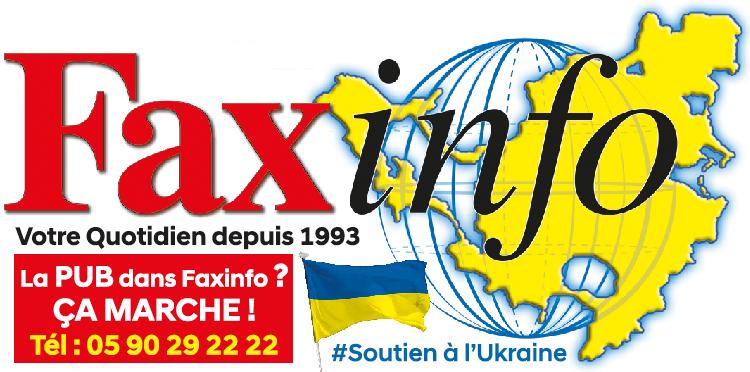In Saint-Martin, the agents of the marine natural reserve make artificial reefs for fish with materials recovered after the passage of Irma.
90% of the fish larvae die because they cannot find a habitat. One way to help them survive is to make artificial reefs where they can take refuge. A very effective solution also to deal with the decrease in fish stocks and the disappearance of coral reefs whose populations are collapsing all over the planet.
Materials from Irma
In overseas as well as everywhere on the planet, artificial reef projects are multiplying. In Saint-Martin, the agents of the island's natural reserve made it from inert materials recovered after the passage of cyclone Irma. To choose the most suitable materials, the reserve signed an agreement with the Grandes Cayes landfill in Saint-Martin. Chandeliers, antennas, steel rims, metal grids and pieces of concrete were immersed and assembled to create an architecture favorable to marine life. These shelters allow fish and crustaceans to develop and are also new dive sites.
“These reefs made with non-polluting inert materials from Irma are the result of global thinking. This cyclone must not be just an event that has left its mark. By making the most of its passage, as we do with these artificial reefs, we reduce the cost it represented for our island, ”specifies Julien Chalifour, scientific manager at the Saint-Martin reserve.
Colonized artificial reefs by several hundred fish
Reefs are both homes and pantries for marine life. Before the immersion of these artificial reefs, the agents of the reserve observed barely 4 species and 7 individuals on the site. A year later, there are 60 species and more than 700 individuals.
Among these fish, there are a very large number that are targeted by fishermen like the grouper, a species which also benefits from a Life program here in Saint Martin. These artificial reefs therefore have a potential for conservation but also for the economy linked to fishing and tourism
This program, Bio Hab 2, is planned on two sites in the marine area of the Saint-Martin nature reserve: Tintamarre islet and Anse Marcel. Very regularly, the agents of the reserve dive to follow the stocking of fish.
"From the start, we saw large individuals implanting themselves, but now they are alvins, that is to say young fish that we find today, so that means that it works."
A pilot project with concrete blocks
In 2014, the Saint-Martin nature reserve already had its first success with an artificial reef pilot project, Bio Hab 1. Concrete blocks installed in a pyramid allowed many fish to develop on a previously deserted site.
“We realize that we cannot limit our action to the conservation or monitoring of our species and ecosystems present in the reserve. This is no longer enough because we must now face external impacts over which we have no control. So we have to be a little more innovative in order to preserve these species and guarantee them a future, ”underlines Julien Chalifour. (source Planet Overseas).
6,591 total views









No comments